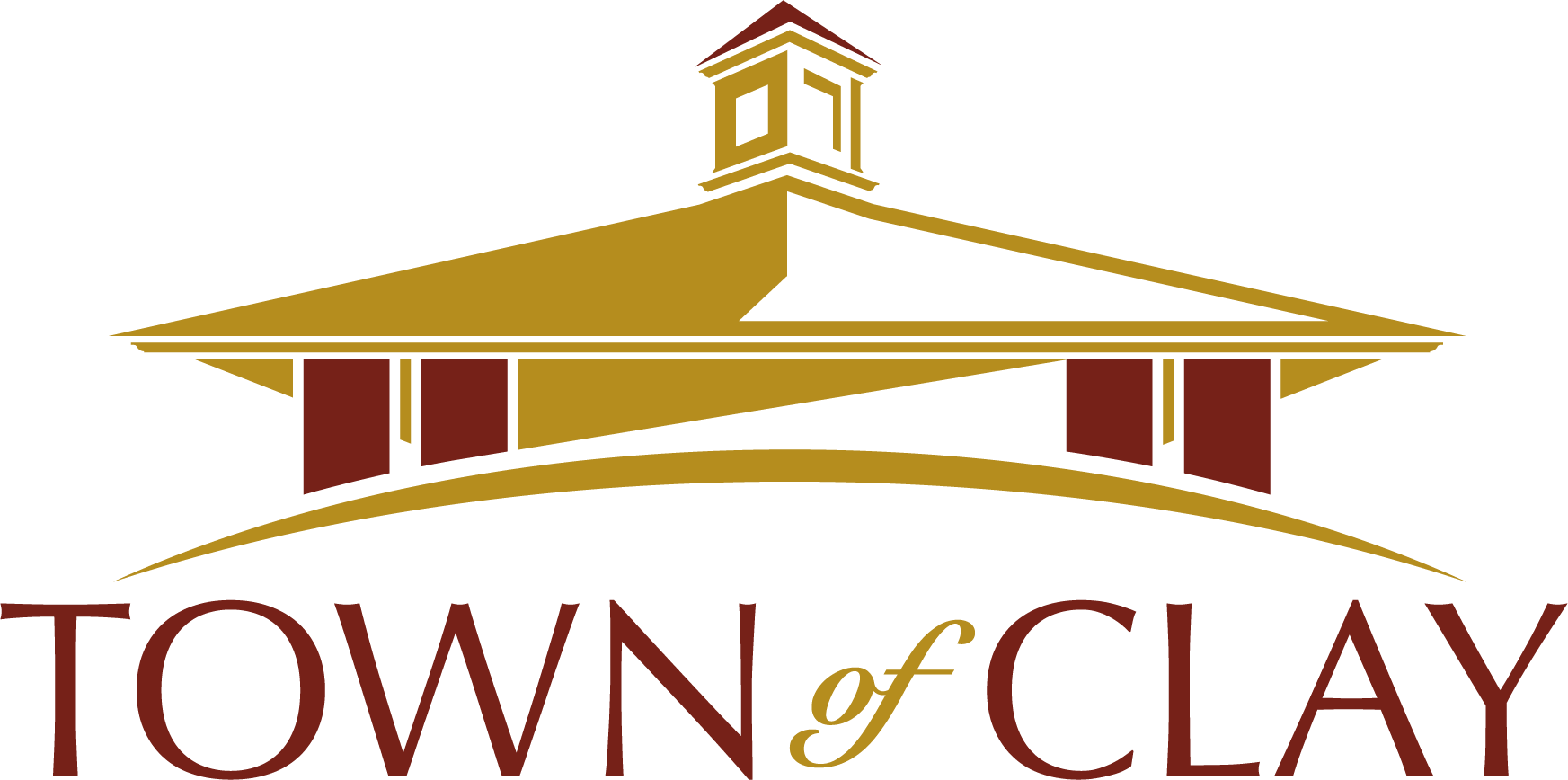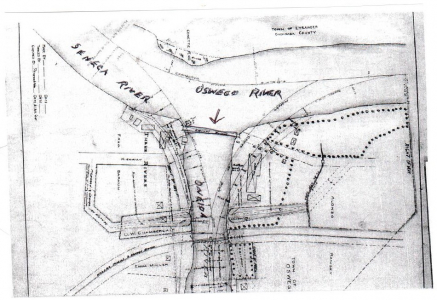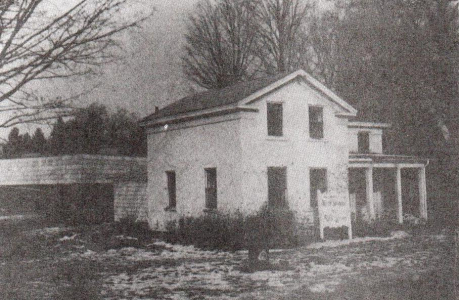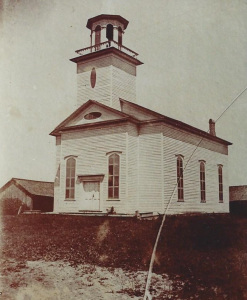Lynnville SchoolPosted on August 18, 2021 |
Image
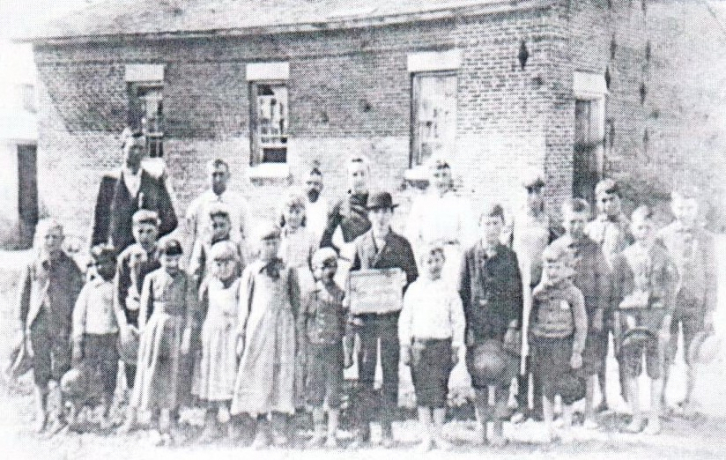
|
HISTORY MYSTERY: Lynnville School
There is much documentation about Dutch Settlement, but very little evidence of its sister settlement of Lynnville. They were established two years apart, about two miles apart. Around 1808, two Lynn families left Lynn, Massachusetts with an oxen team to settle on 640 acres. Lynnville sprang up around the intersection of what are now Maple and Grange Roads in Clay. Both settlements survived 1816, “The Year of No Summer,” in which ice formed even in August. On the 1854 Fagan map, every farm along the upper half of what is now Maple Road shows the surname of Lynn. For many decades, what is Maple Road was known as the Lynnville Road. Where Maple Road meets the railroad was called Lynn’s Crossing. The area was called Lynnville.
It had no church during this period. The residents worshipped in homes. Sometime around 1850, the first school was built of wood and named Lynn School after John Lynn who donated the land on the corner of present-day Grange and Van Hoesen Roads. It may have also been used as a place of worship. Around 1860 this building was moved north and used as a barn on the farm of Alonzo Lynn. A second school house was built of red brick to take its place.
From the original manuscript of Edwin H. Young is his story of the brick school house, “My Uncle Trake (William N. Young) taught school there shortly after Civil War time. Allie Van Alstyne. Dan VanAlystyne’s son, carried me on his back part of the way to school on my first day of attendance. I was five then. Its brick walls were cracked and braced with iron rods as far back as I can remember. I believe my first teacher was Beanie Pink. It seems to have been her real name and I assume that the spelling was correct….father was school trustee at that time. According to my recollection, the next teacher was a Miss Anna Coughtry, a fat, good-natured woman who liked children I believe she was related to the cigar firm– Coughtry.
“About this time, Arbor Day as a National institution began to be observed by the schools. One year we put on an ambition program and filled the school yard full of trees….we school children dug them out of Mr. Brown’s woods (later the home of Bud Lepinske), former Town historian) and dragged them down through the fields….to the schoolyard where we set them out….with appropriate speeches and spirited proclamations. We named them all after great historical figures and celebrities.” Some of them may still be standing there.
In 1871, the Syracuse Northern Railroad opened from Syracuse to Sandy Creek. This led to the rapid development of the once bustling Cigarville – now hamlet of Clay. It had gotten the name Cigarville from the Post Office that was now stationed in the Railroad station. Sister hamlets of Lynnville and Dutch Settlement faded out, while Cigarville became prominent. Lynnville school was actually beginning to be called Cigarville school by 1896.
The brick school house was repaired in 1888 and torn down in 1897. While Stewart was building the present wooded structure, the students went to school at the building now known as the Clay Hotel. However, in 1892, this photo of the brick building had been taken with the students standing in front. They were: “ Front row, left to right: Vern Post, Clarence Blanchard, Charlie Waterbury, Clara Blanchard, Ethel Young, Lillian Lepinske, Charlotte Lepinske, Elvira Phillips, Lewis Wetzel, Ray Blanchard (holding slate), Grover Wetzel, Dan Diffen, Claude Sadler, Bert Waterbury. Second row: Matt Frawley, Tom Wetzel, Chippie DeLong (cigar maker), Lizzie Blanchard, Marie Wetzel, Harriet Blanchard, John Sweigert, Rolland Strever.” A bell for the new school was purchased with money that was raised by the mothers holding an oyster supper. The bell now resides at Immanuel Evangelical Lutheran Church, Route 31, and Clay, New York.
After 100 years as a place of learning, now known as District 5 School, Lynnville was closed in 1950 with the construction of Cicero Elementary School in the newly formed North Syracuse Central School District. At the time of its closing, only grades 1-3 were taught there with grades 4-6 being bused to neighboring district schools.
Dorothy Heller, Historian
8-18-21
Other
History Mysteries

Australian's Visit Town of Clay
History Mystery | Dec 14, 2015
REMEMBERING CLAY
Australians visit great great-grandfather’s homestead
